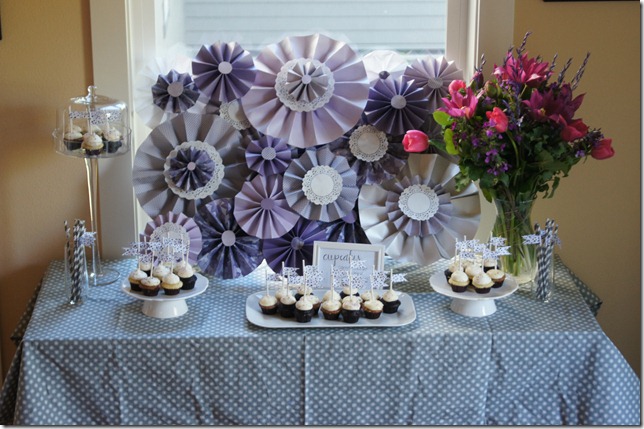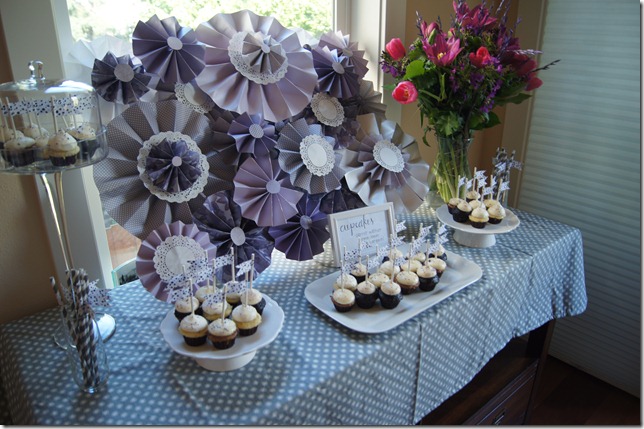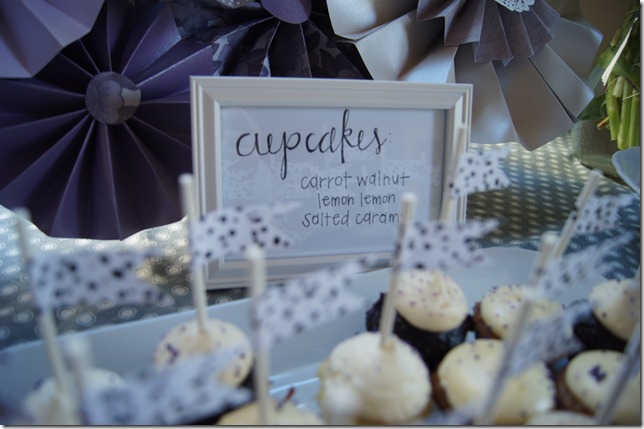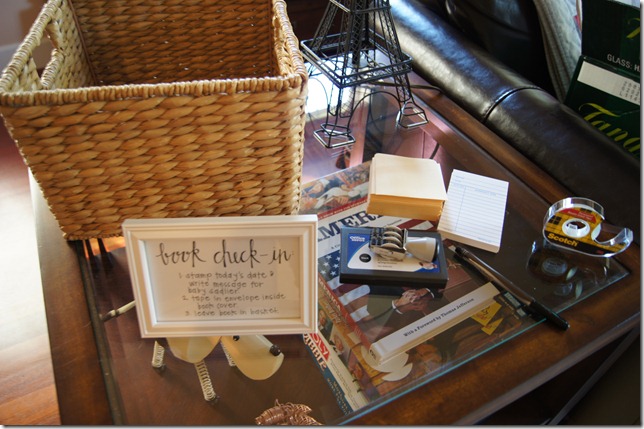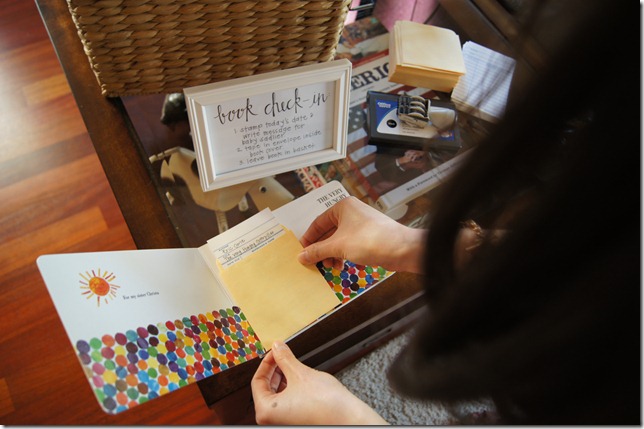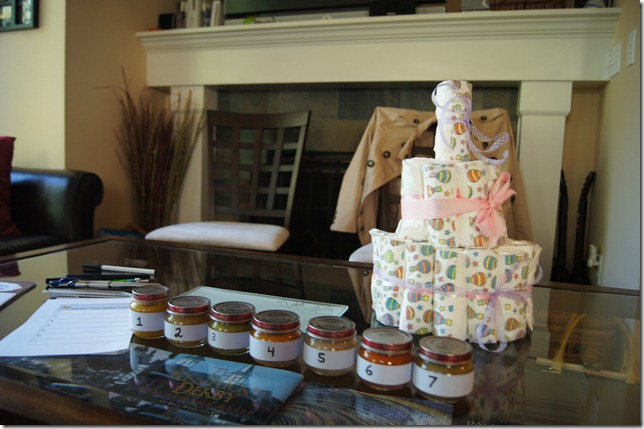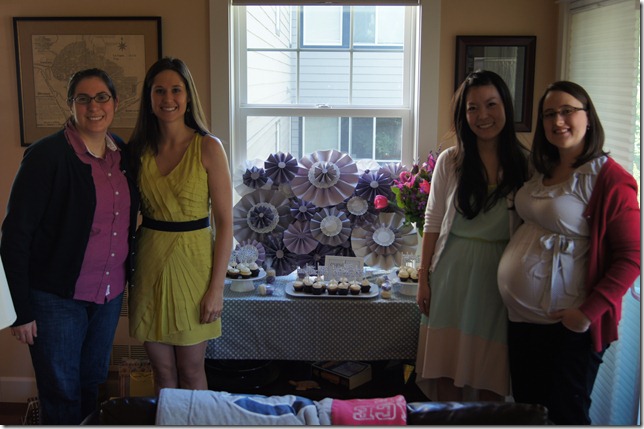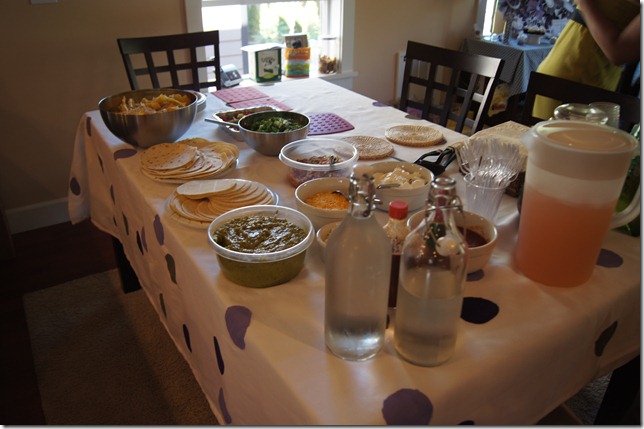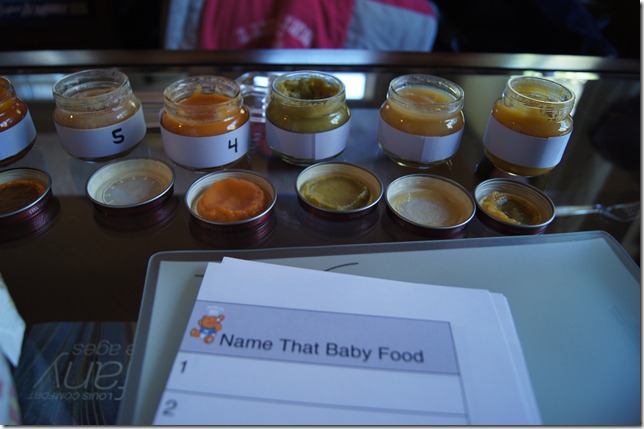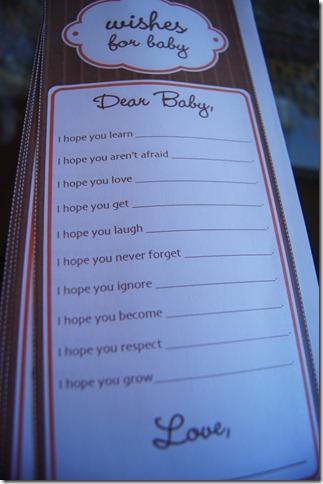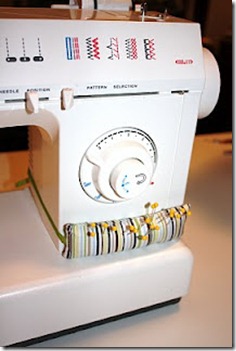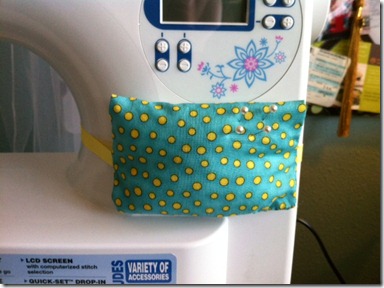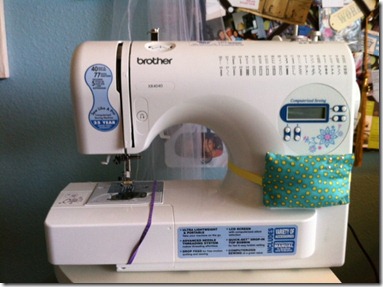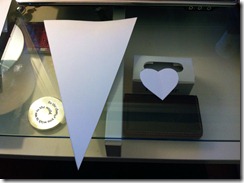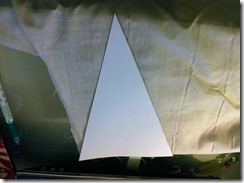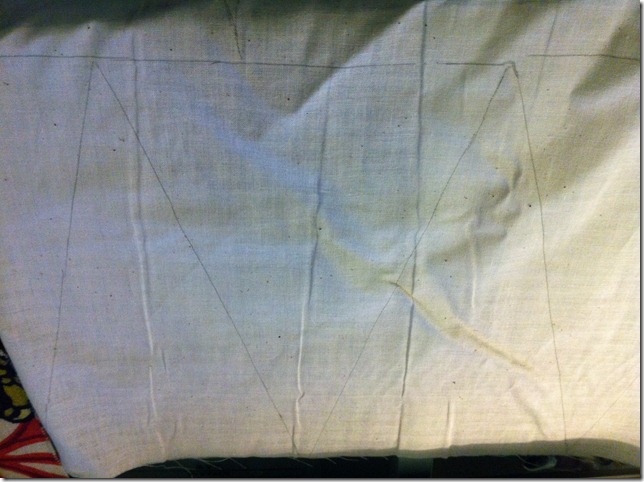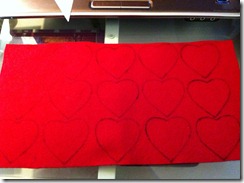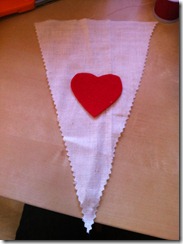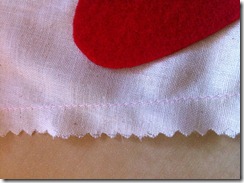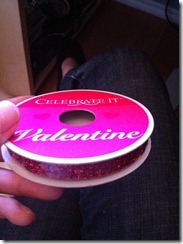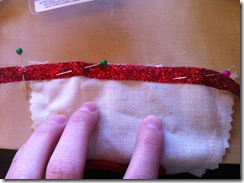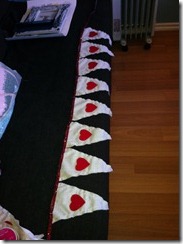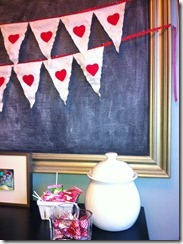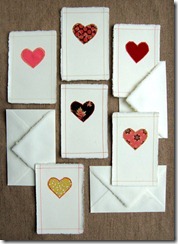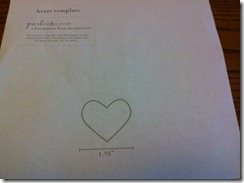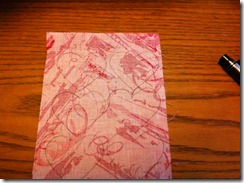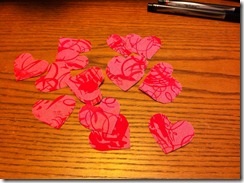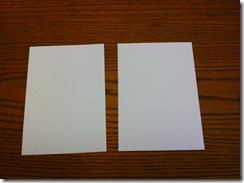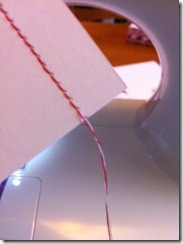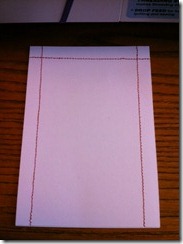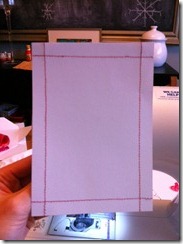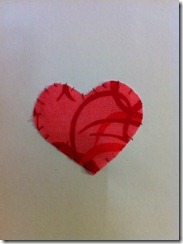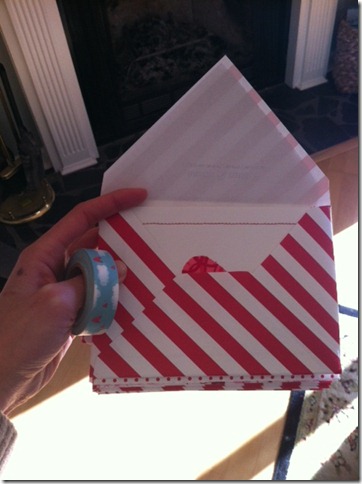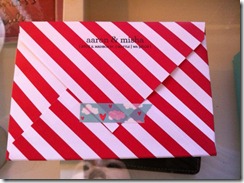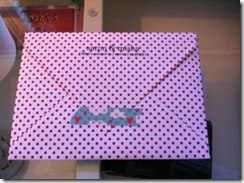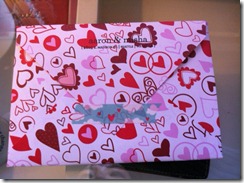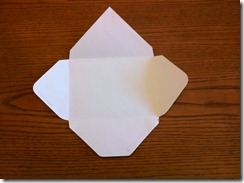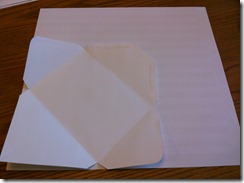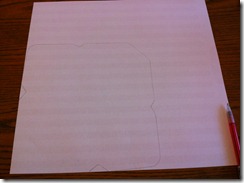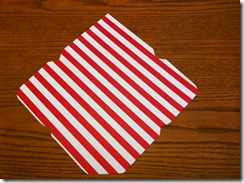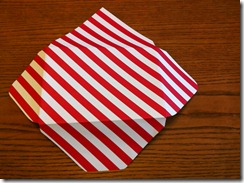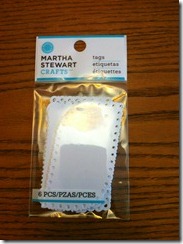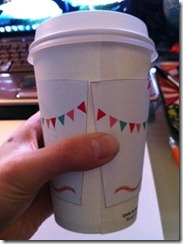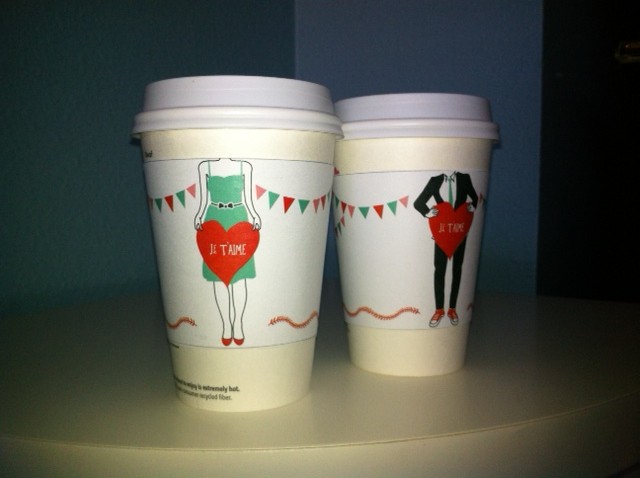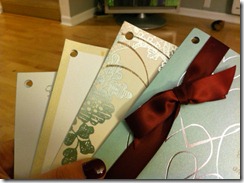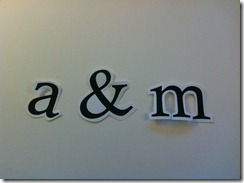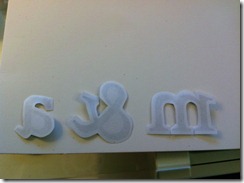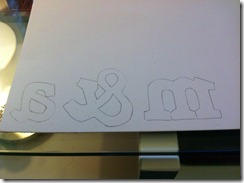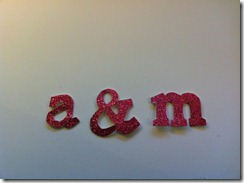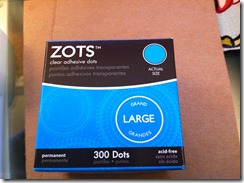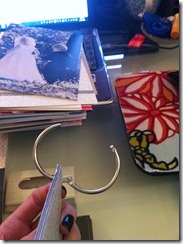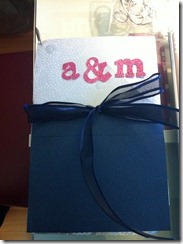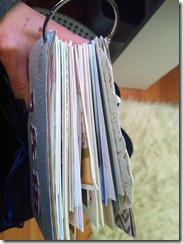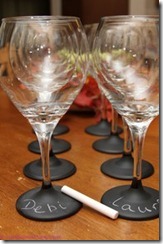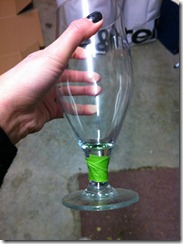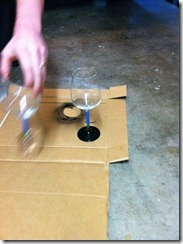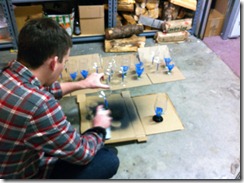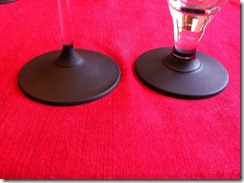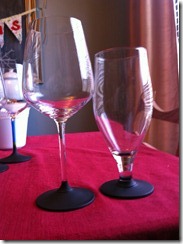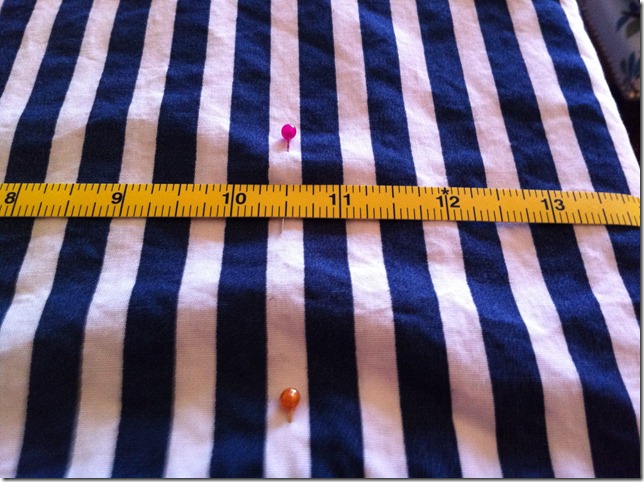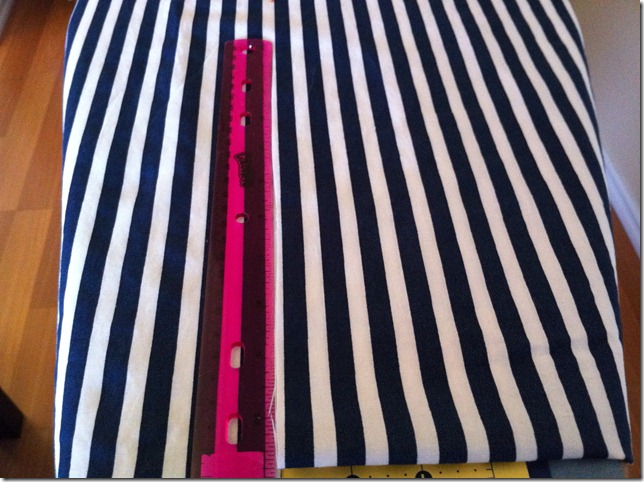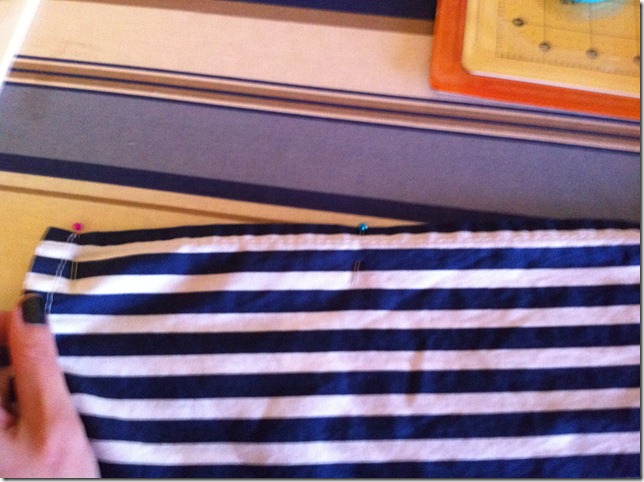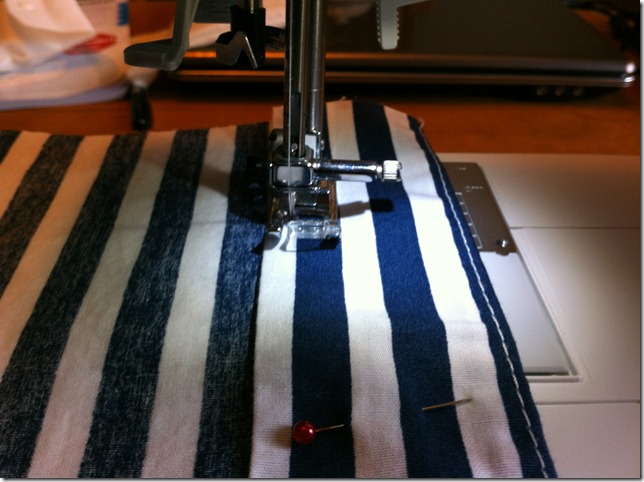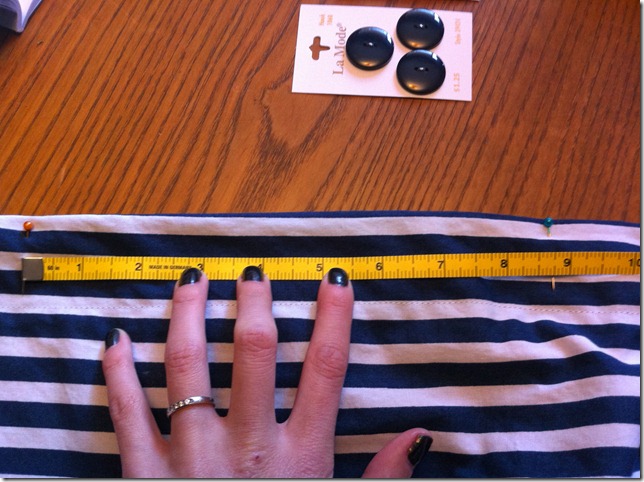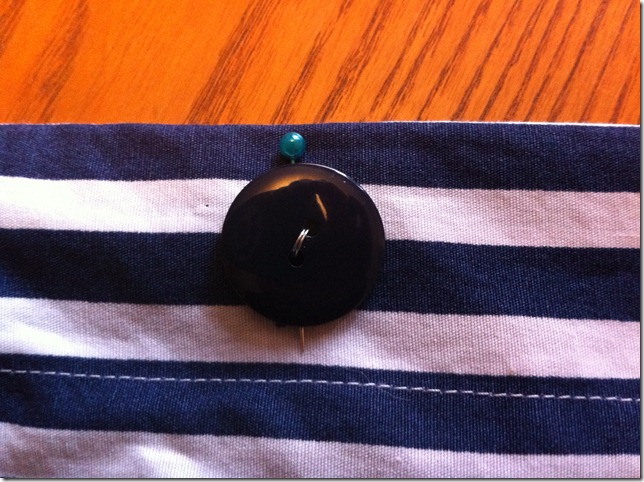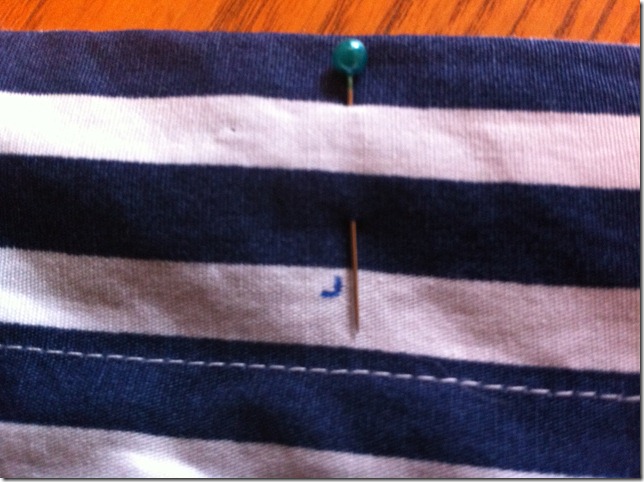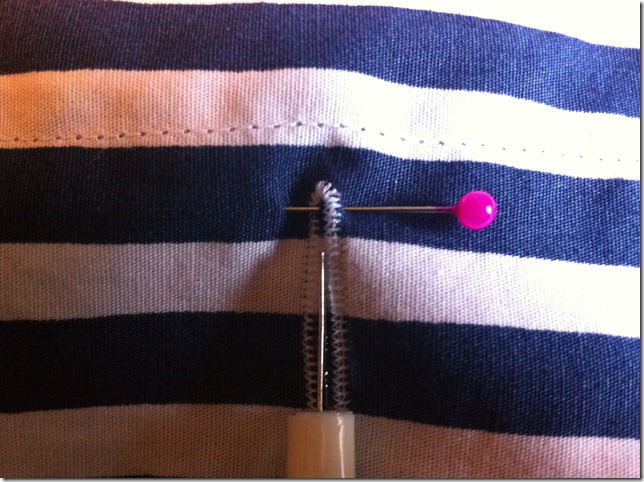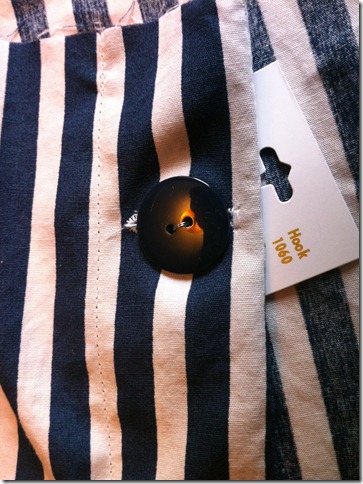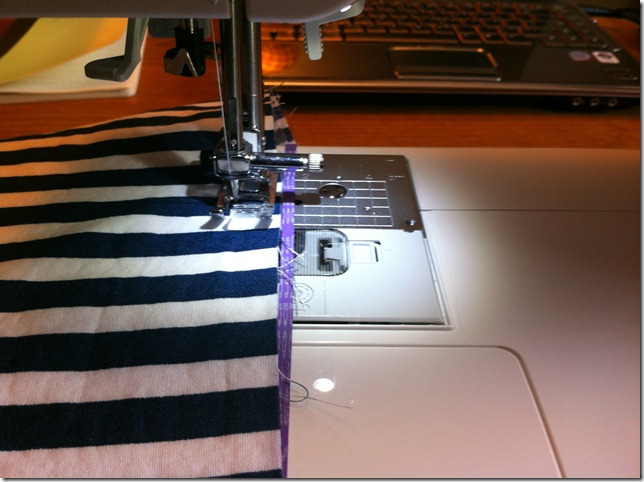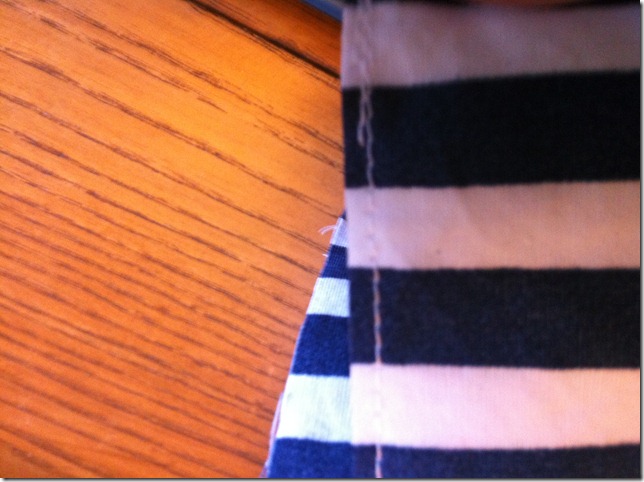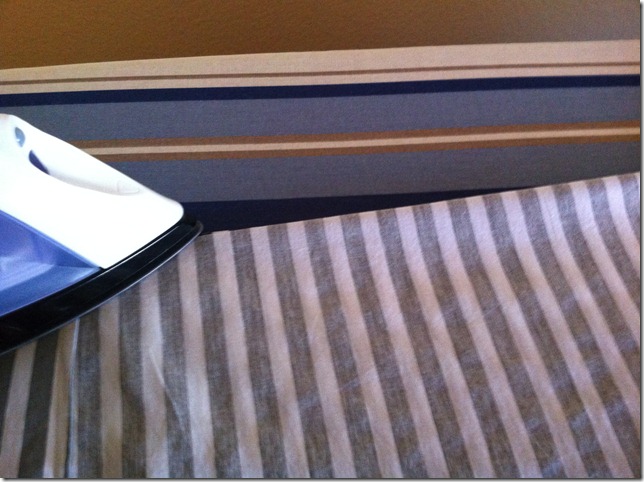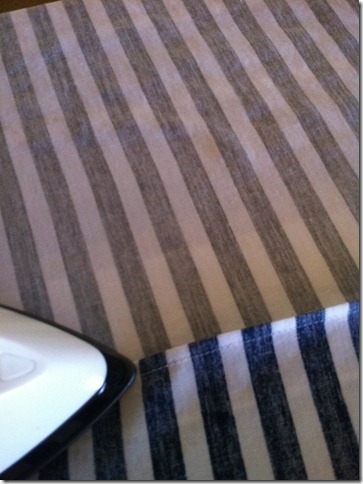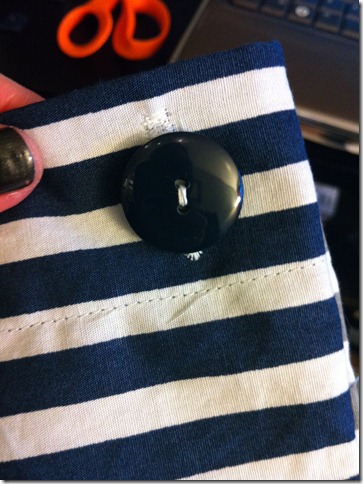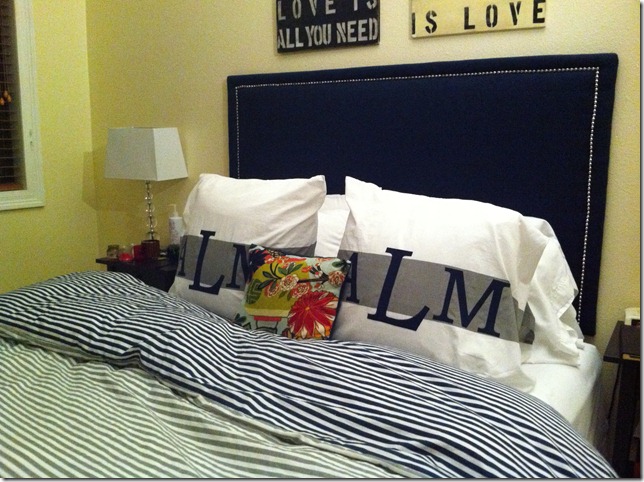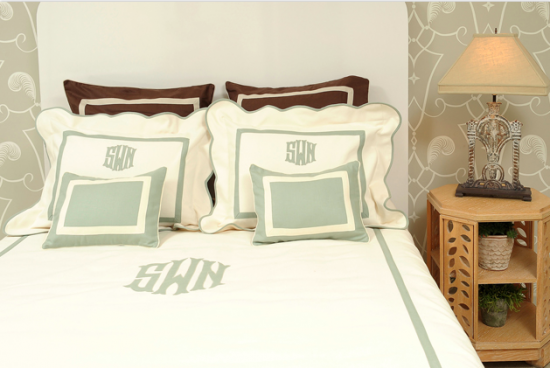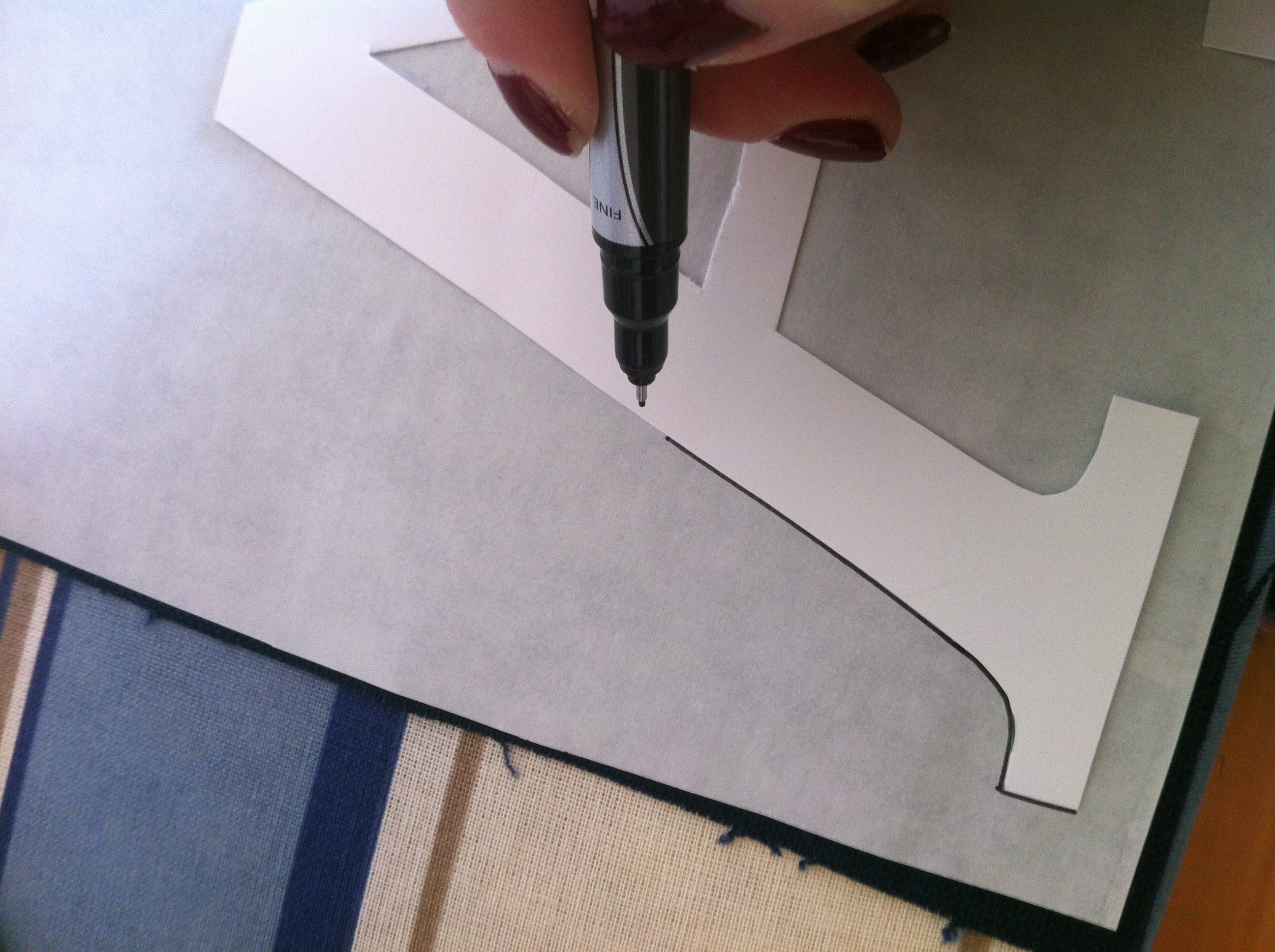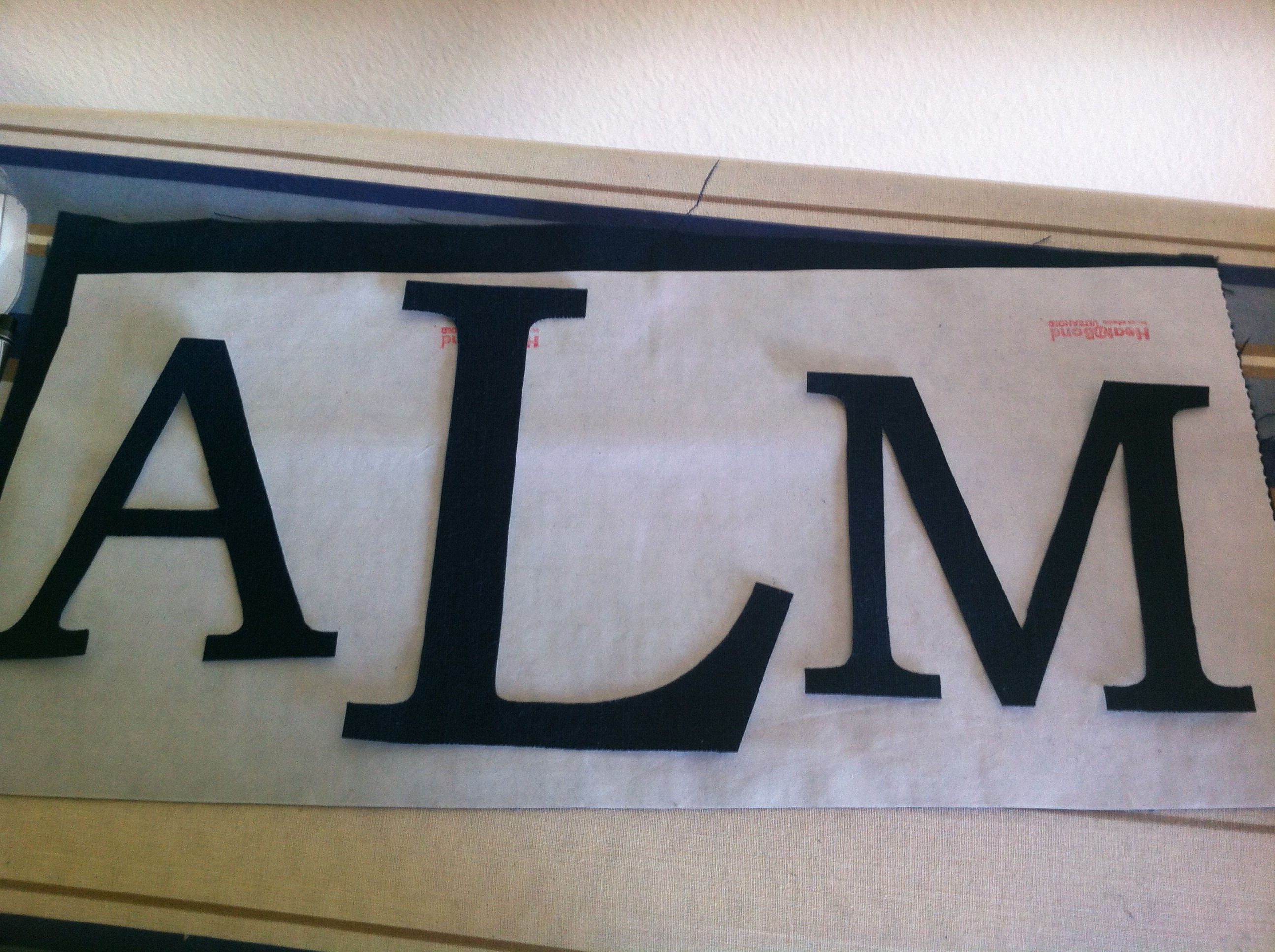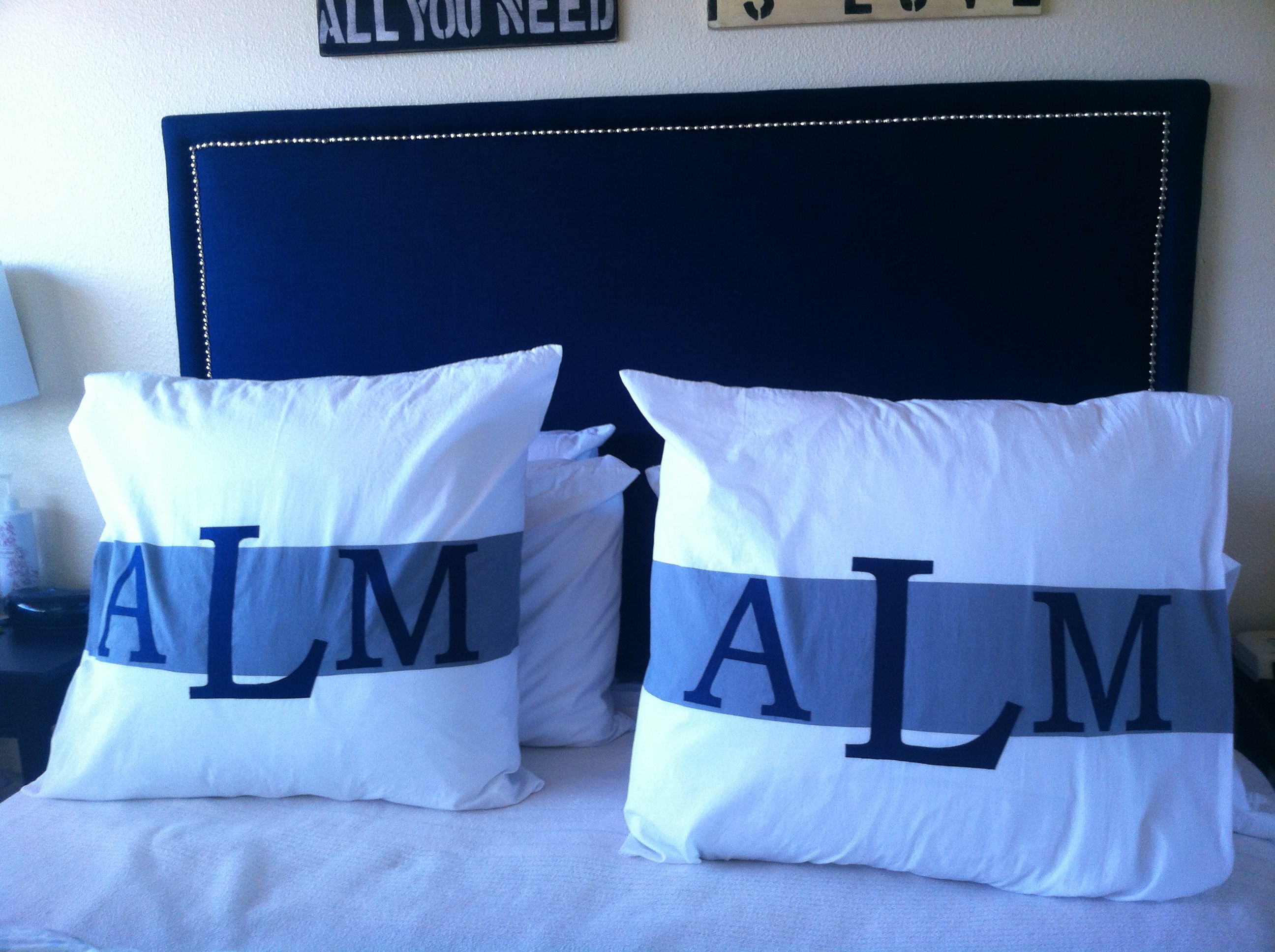last weekend i was lucky enough to co-host a baby shower for one of my dear friends amanda. amanda & her husband are expecting their baby girl this summer!
i was in charge of decorations & dessert which was so much fun! i had lots of ideas at first but really used pinterest to help me organize the details. {you can see the baby shower pinboard here.} the other co-hosts (sam & denaye) and i decided that we would keep the shower theme simple, so we went with a theme of purple (the mom-to-be’s favorite color!).
{the dessert table: mini cupcakes from trophy, cupcake flags (diy), paper pinwheel board (diy), tablecloth (diy), flowers from pike place market, tall glass cake stand from tj maxx, white cake stands and platter from crate & barrel, stripey straws from amazon & diy flags, “cupcake” sign (diy).}
{the book check-in. denaye had the idea that guests could bring a book in lieu of a card to help the baby’s library grow. i thought it would be fun to include a card inside each book that had a note to the baby, so we used old school library cards.}
{i gave the baby my very favorite book the very hungry caterpillar.}
{sam made a cute little diaper cake.}
{sam, denaye, me & amanda.}
{the food table: homemade mexican enchiladas & fajitas by sam & her husband, sangria by sam, lavender lemonade by denaye, tablecloth (diy).}
{baby shower games: name that baby food which entailed guests tasting (or smelling) baby food & writing down their best guess. wishes for baby allowed each guest to fill-in-the-blank. fill-in-the-nursery-rhyme (sorry there isn’t a picture) which had guests fill in the missing words to the nursery rhymes we all grew up with. sidenote: i totally rocked this game & walked away as the winner with a set of bubbles! on the other hand, i failed miserably at the baby food game.}
{amanda isn’t big on really girly stuff for the baby, but this outfit was insanely cute!}
thanks to sam & denaye for being fantastic co-hosts! {the food was so delish (thanks sam!) & denaye brought the cutest (and tastiest) macaroons from chicago as party favors.} thanks also to amanda for letting us throw a shower in your honor & letting us surprise you with all of the details! i can’t wait to meet your baby girl.
i am planning on posting later in the week about all the diy projects!
also visit amanda’s blog for scenes from the baby shower & a shower game.
have you attended or thrown any showers lately?
M

